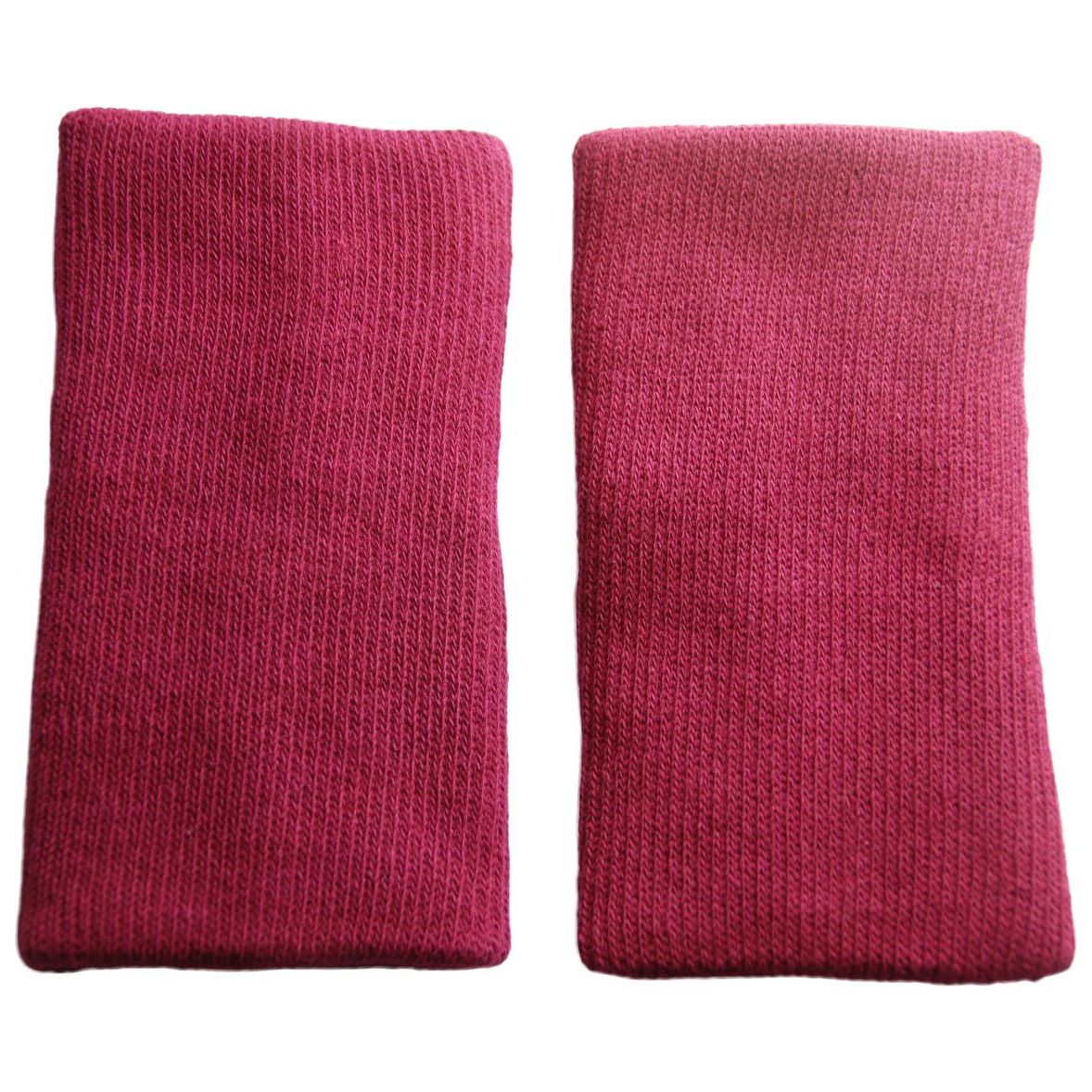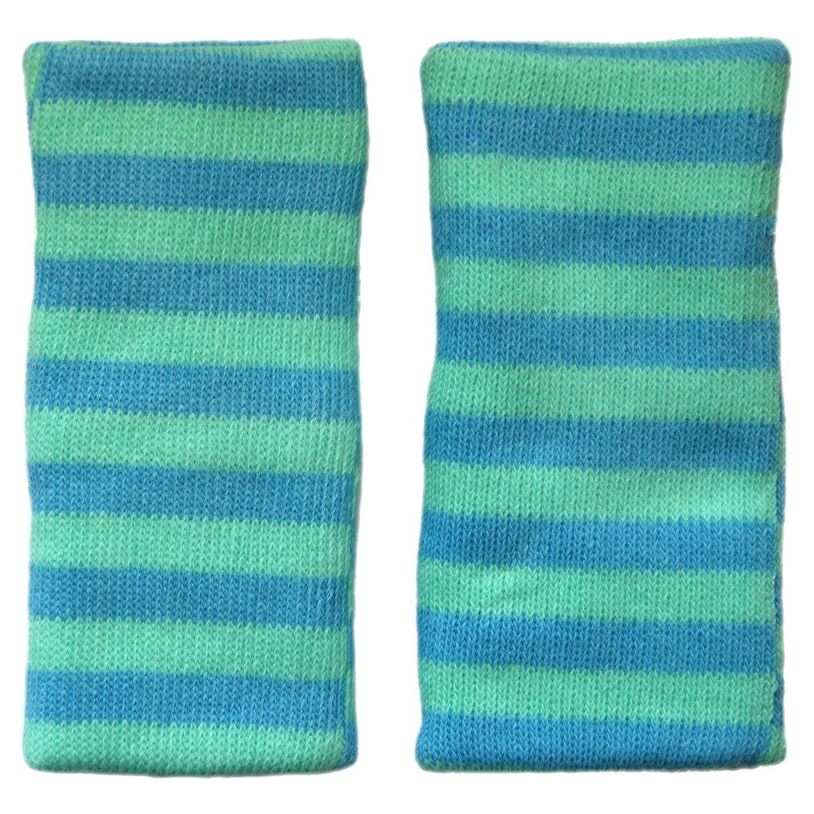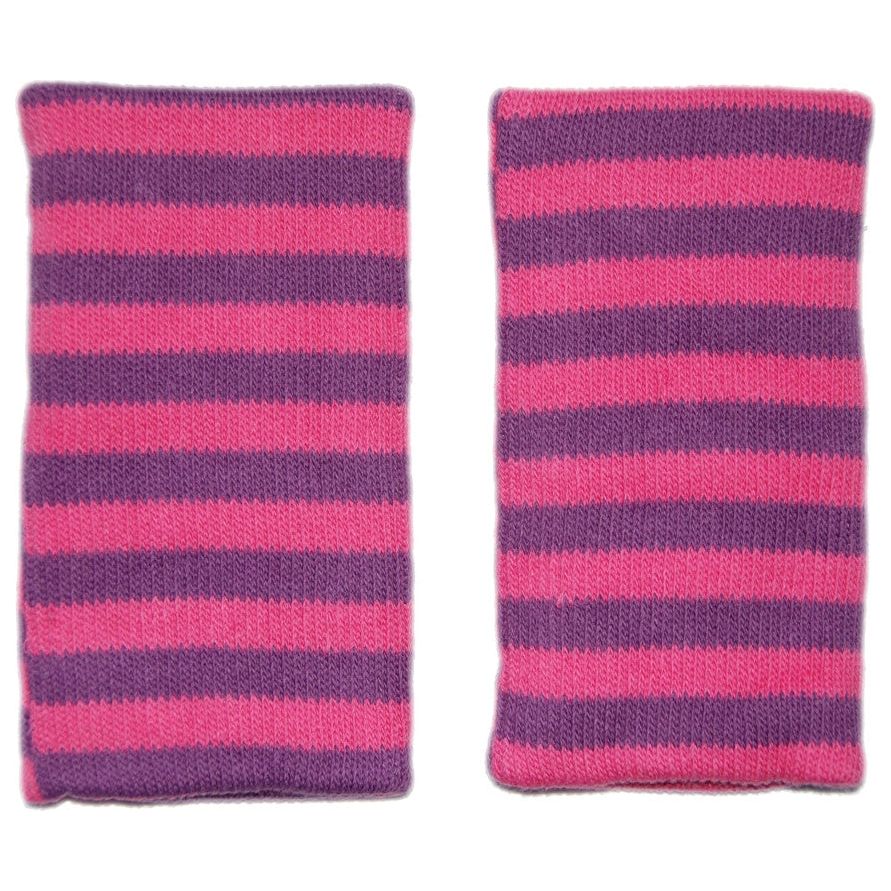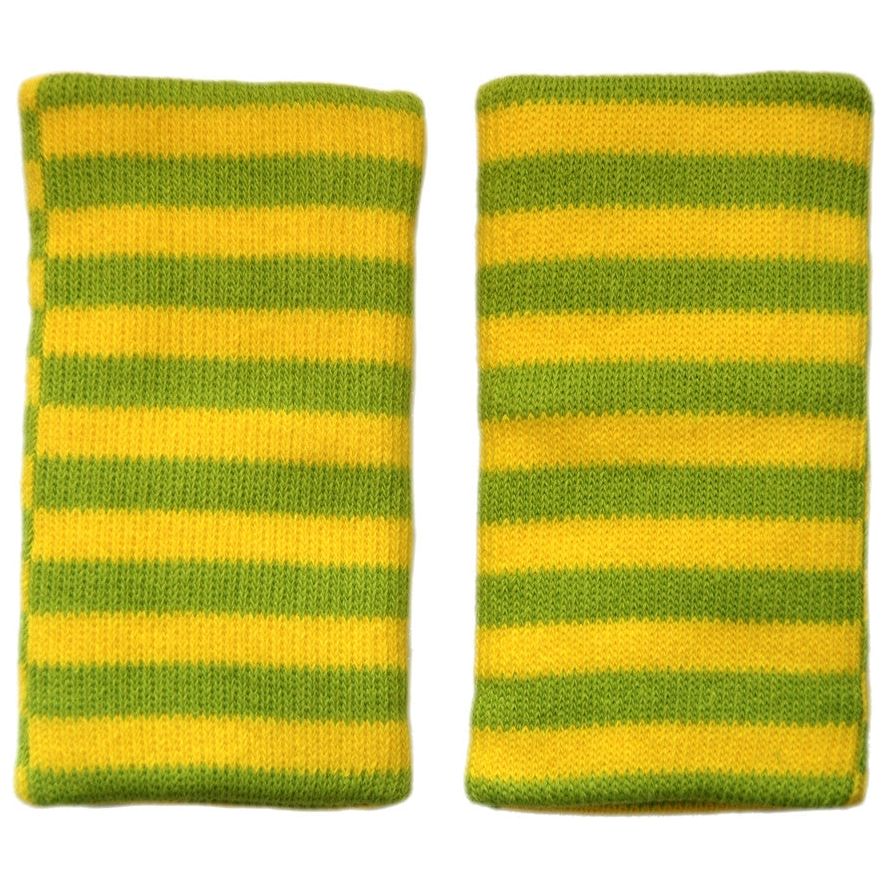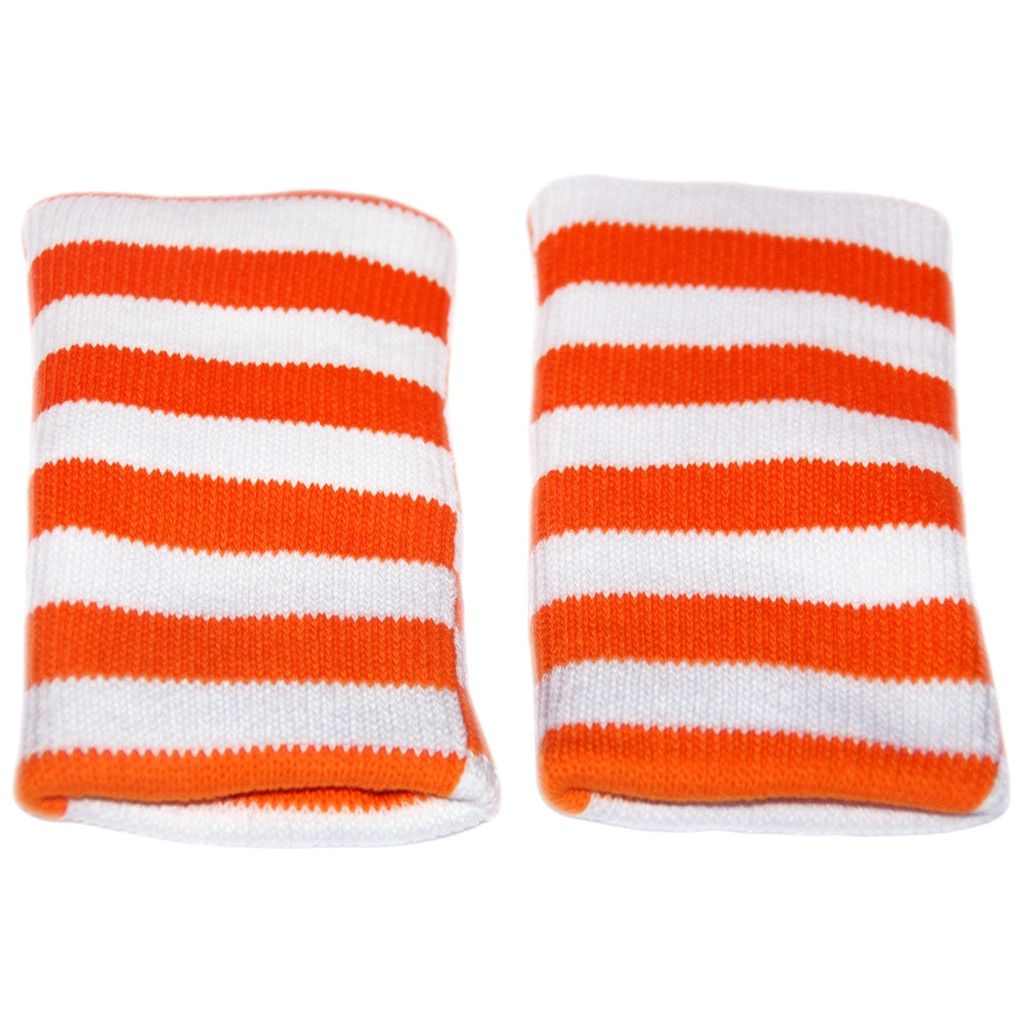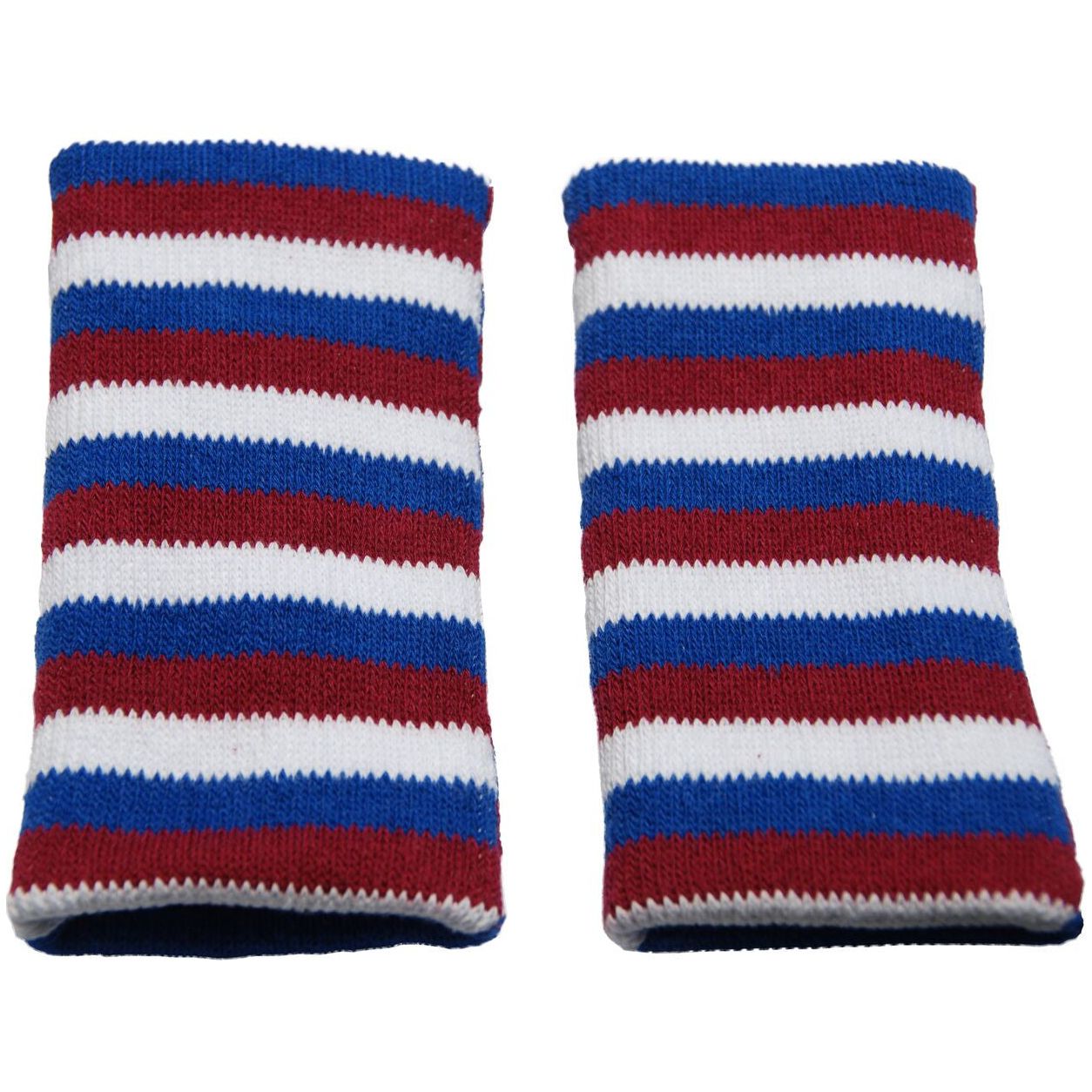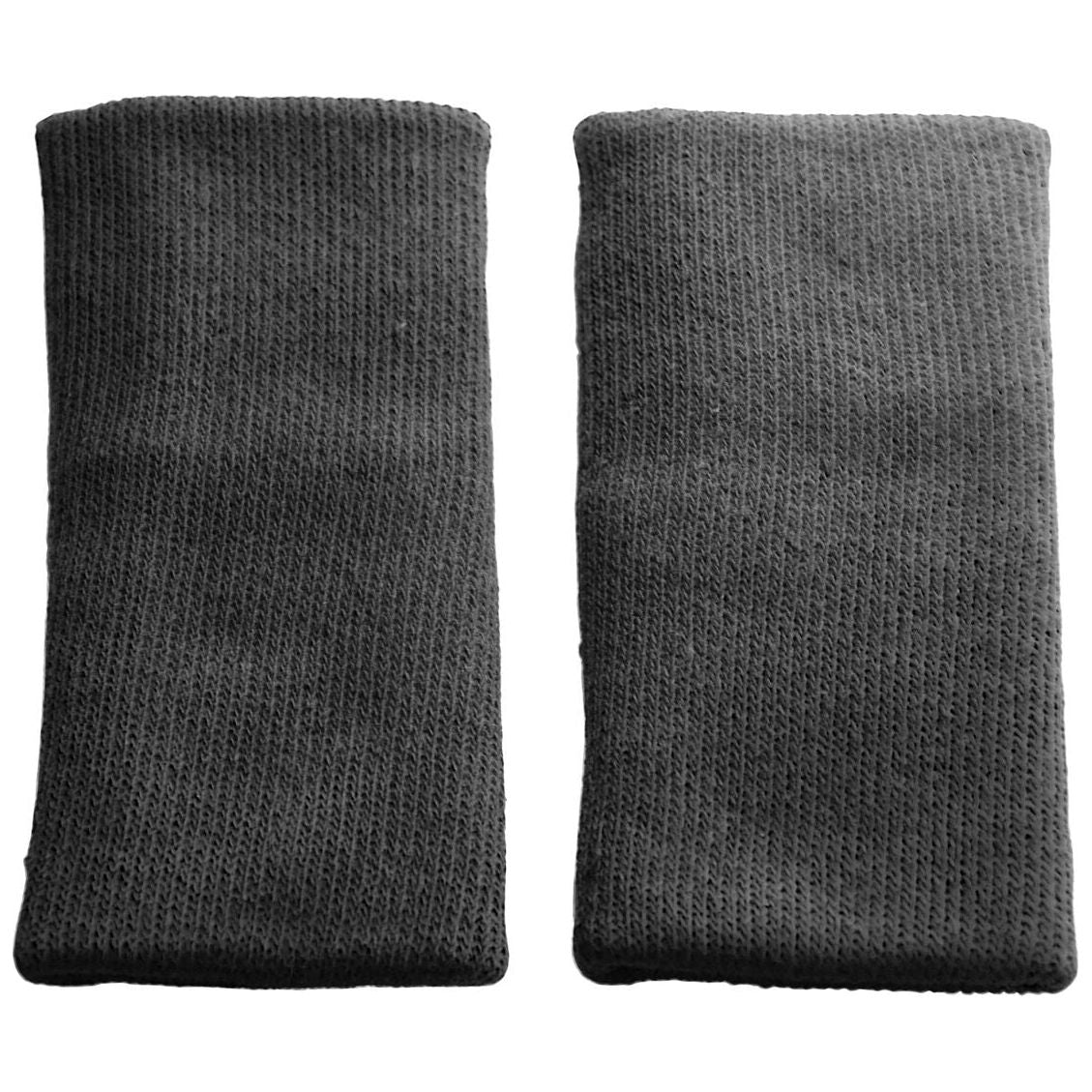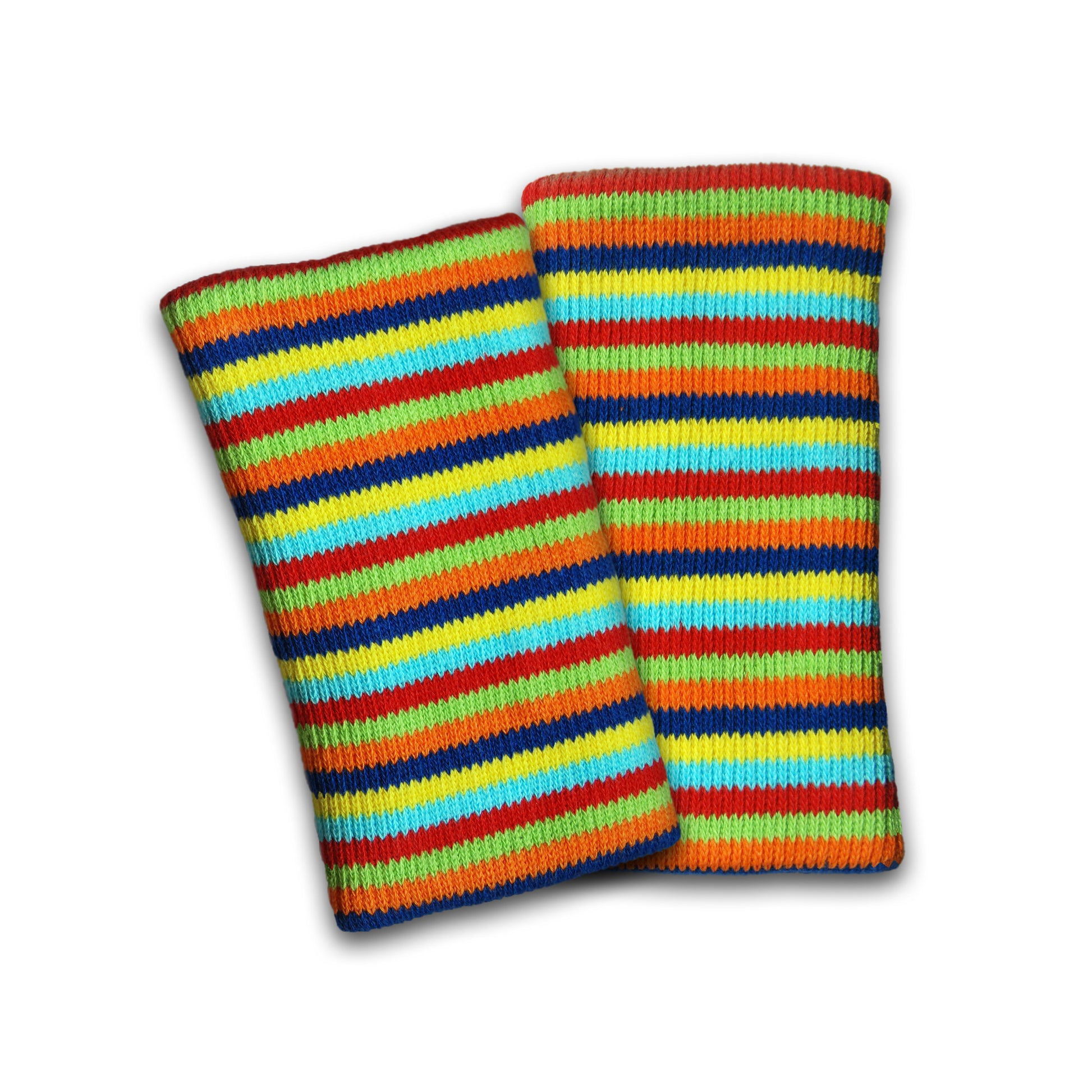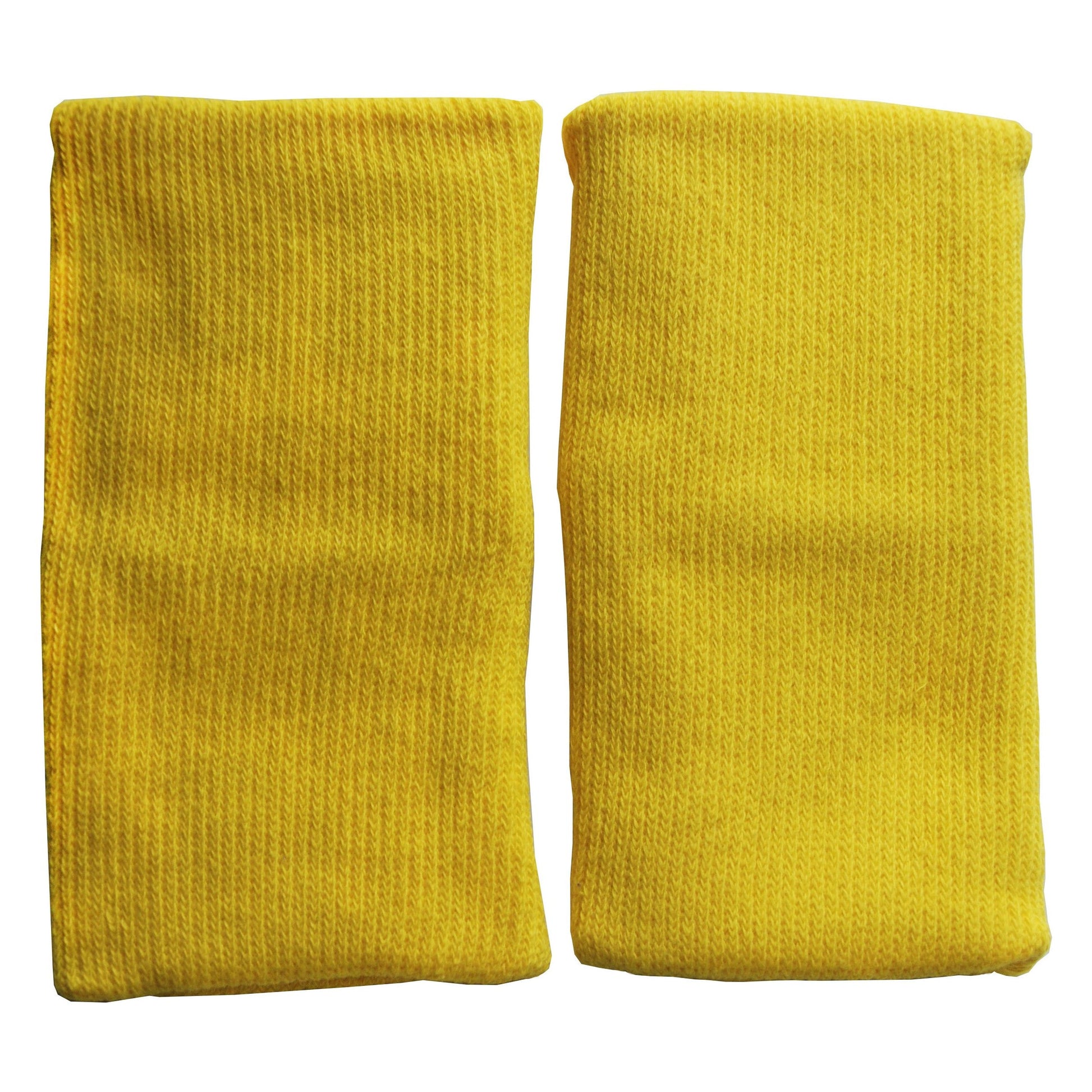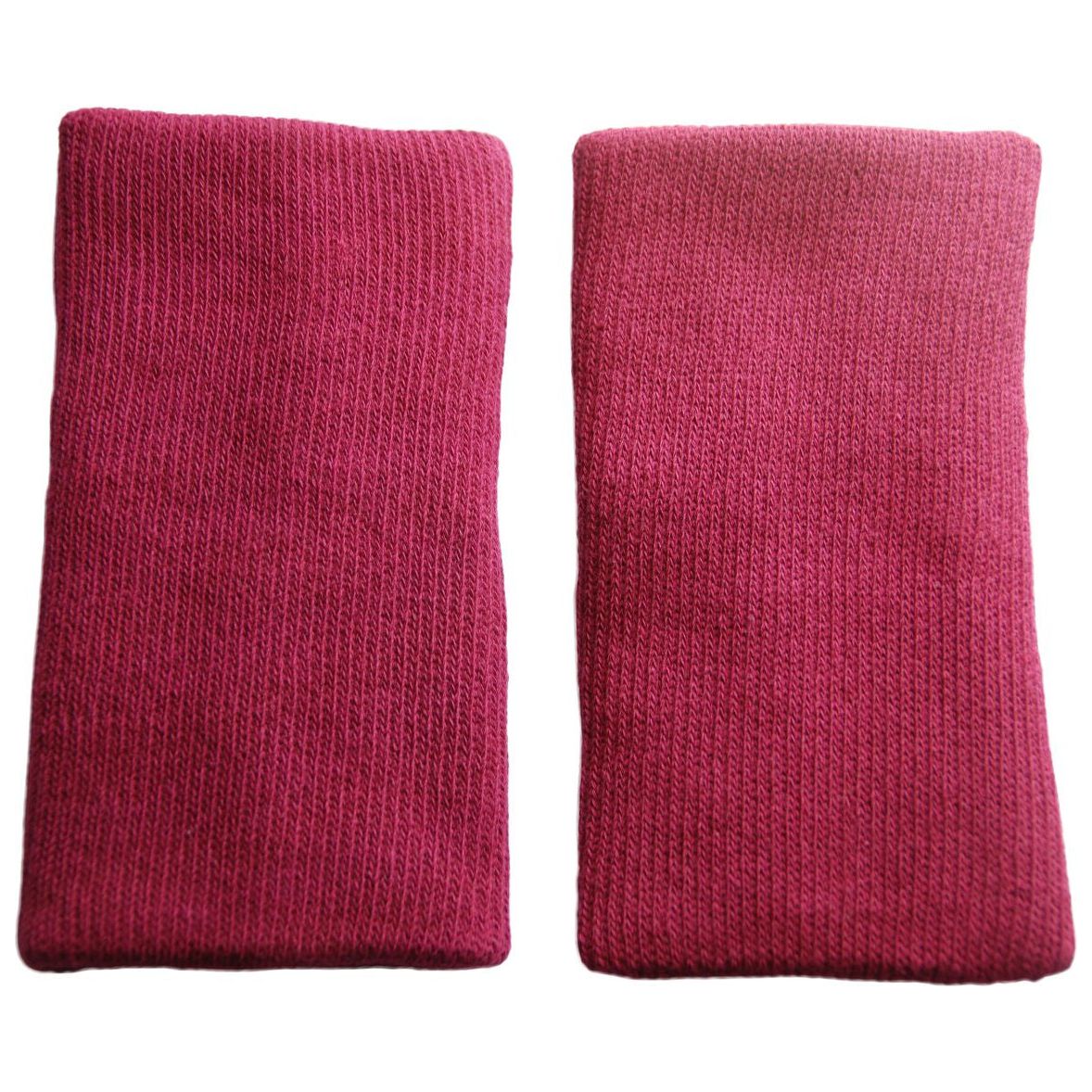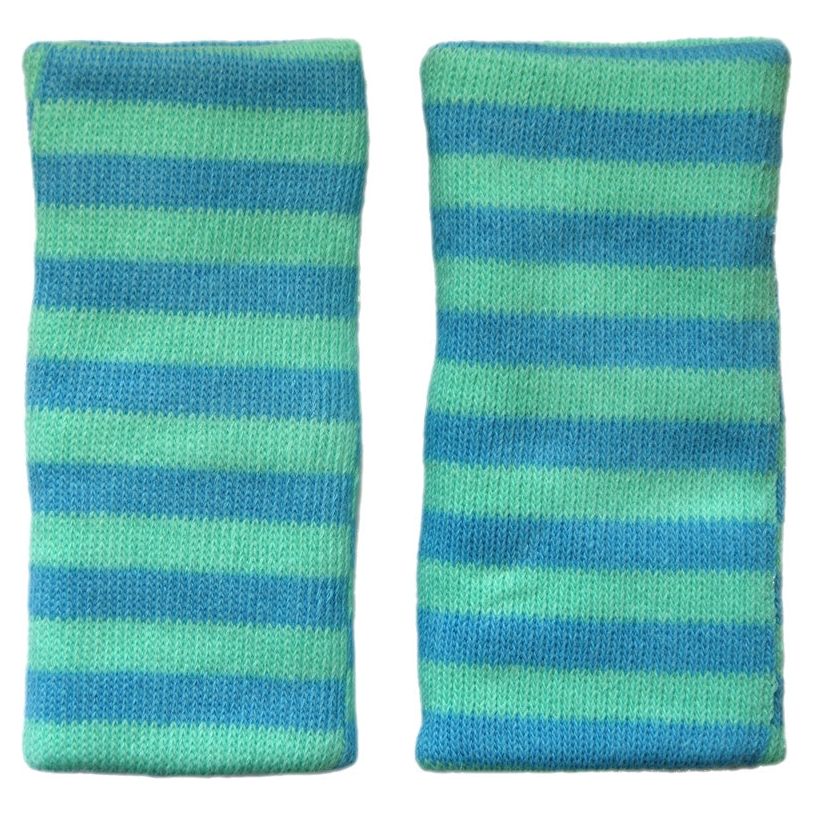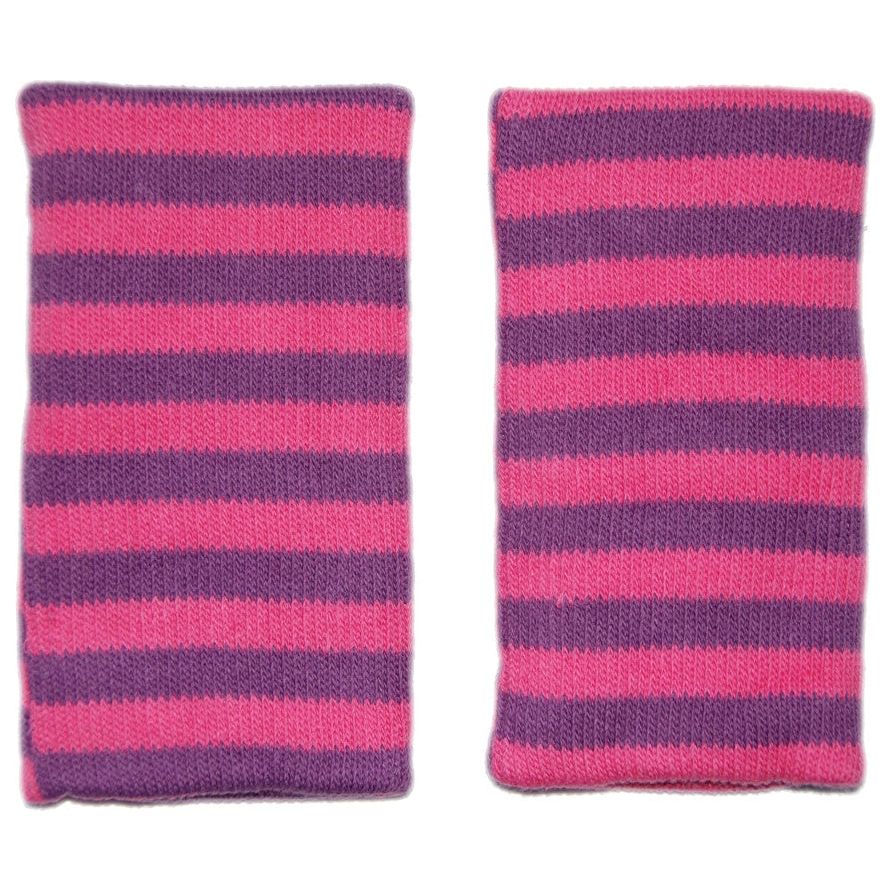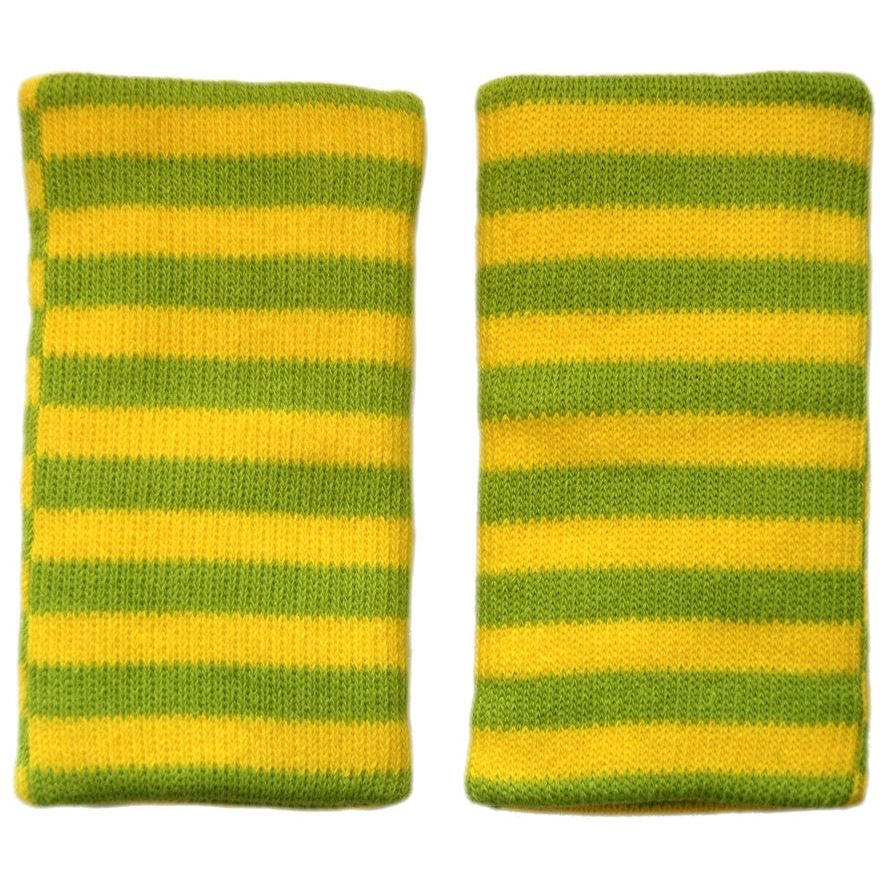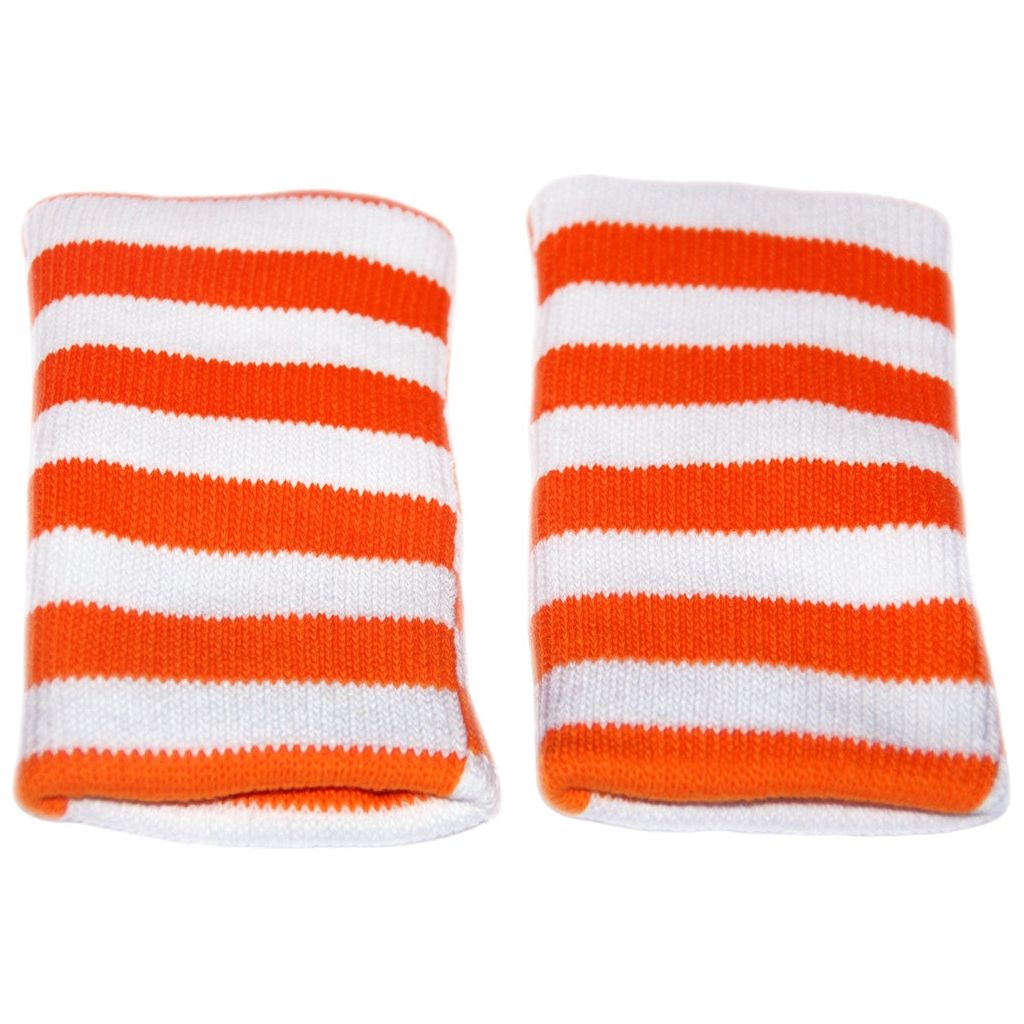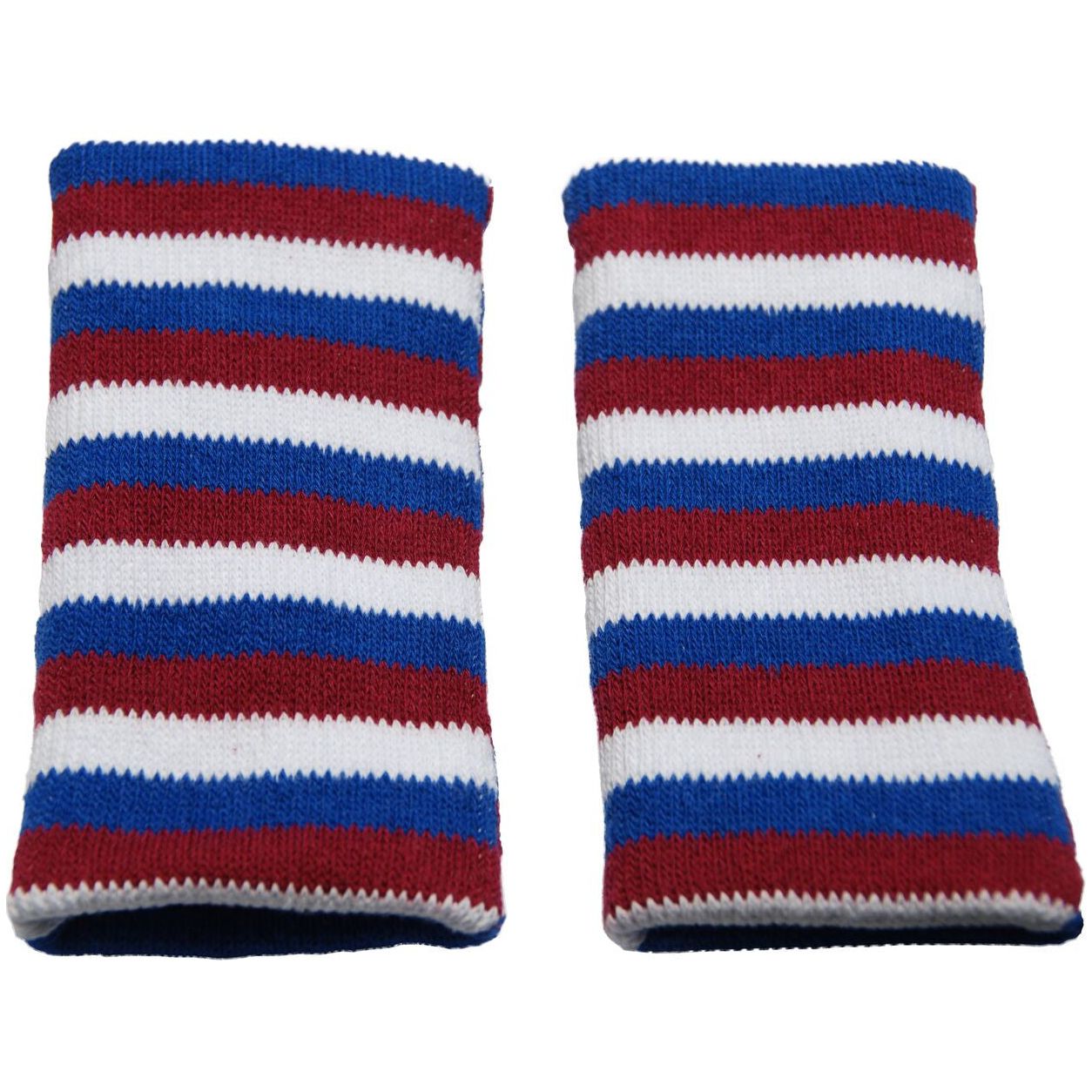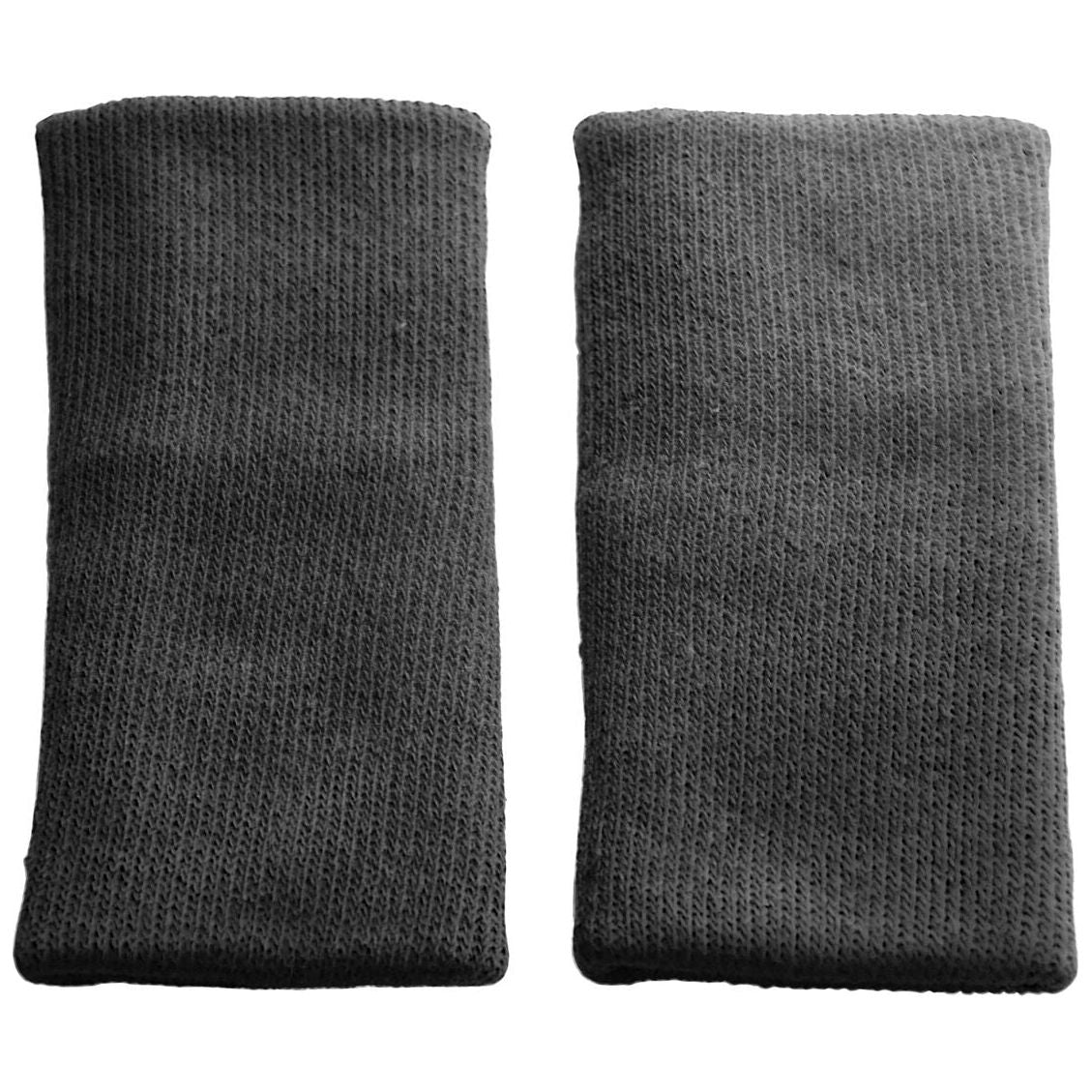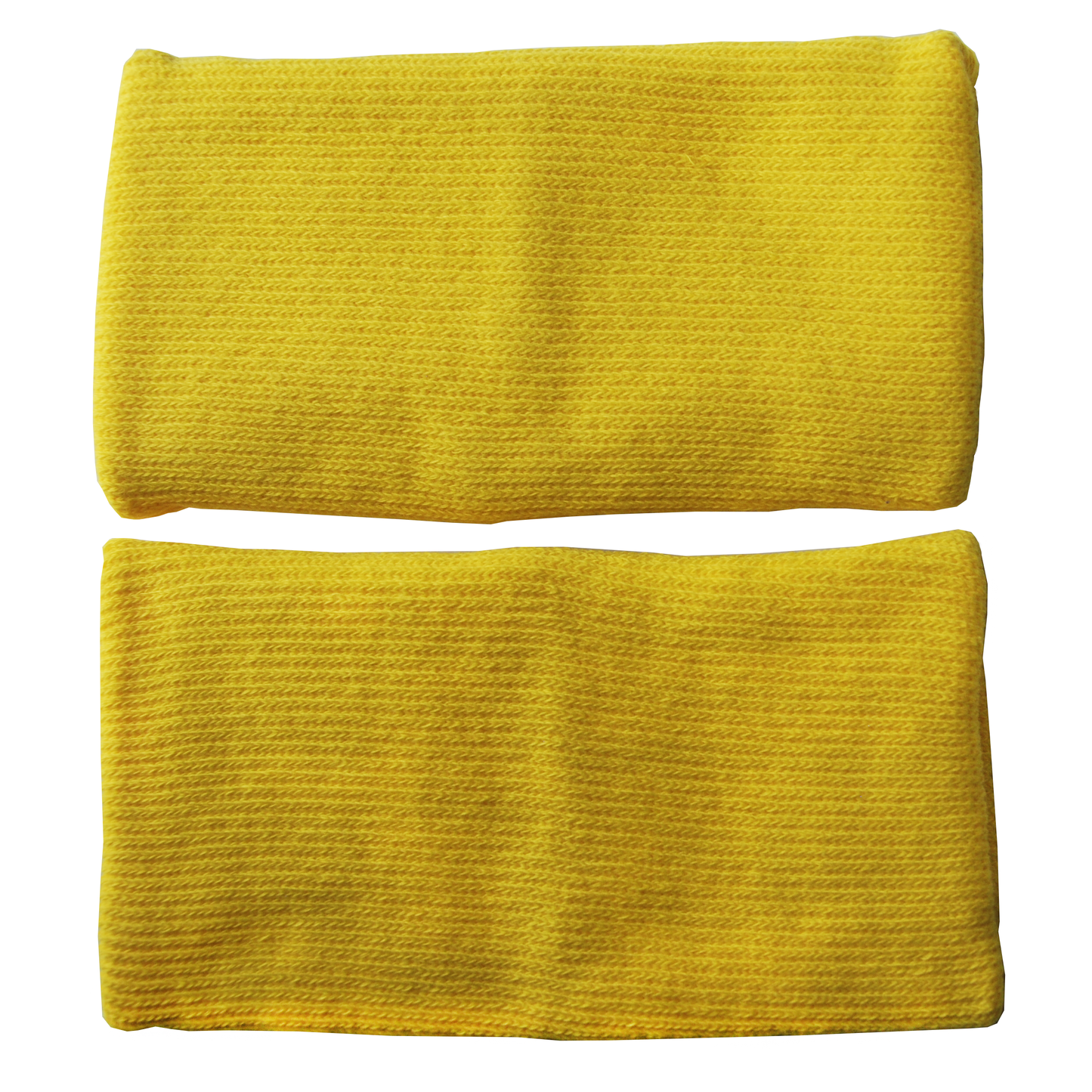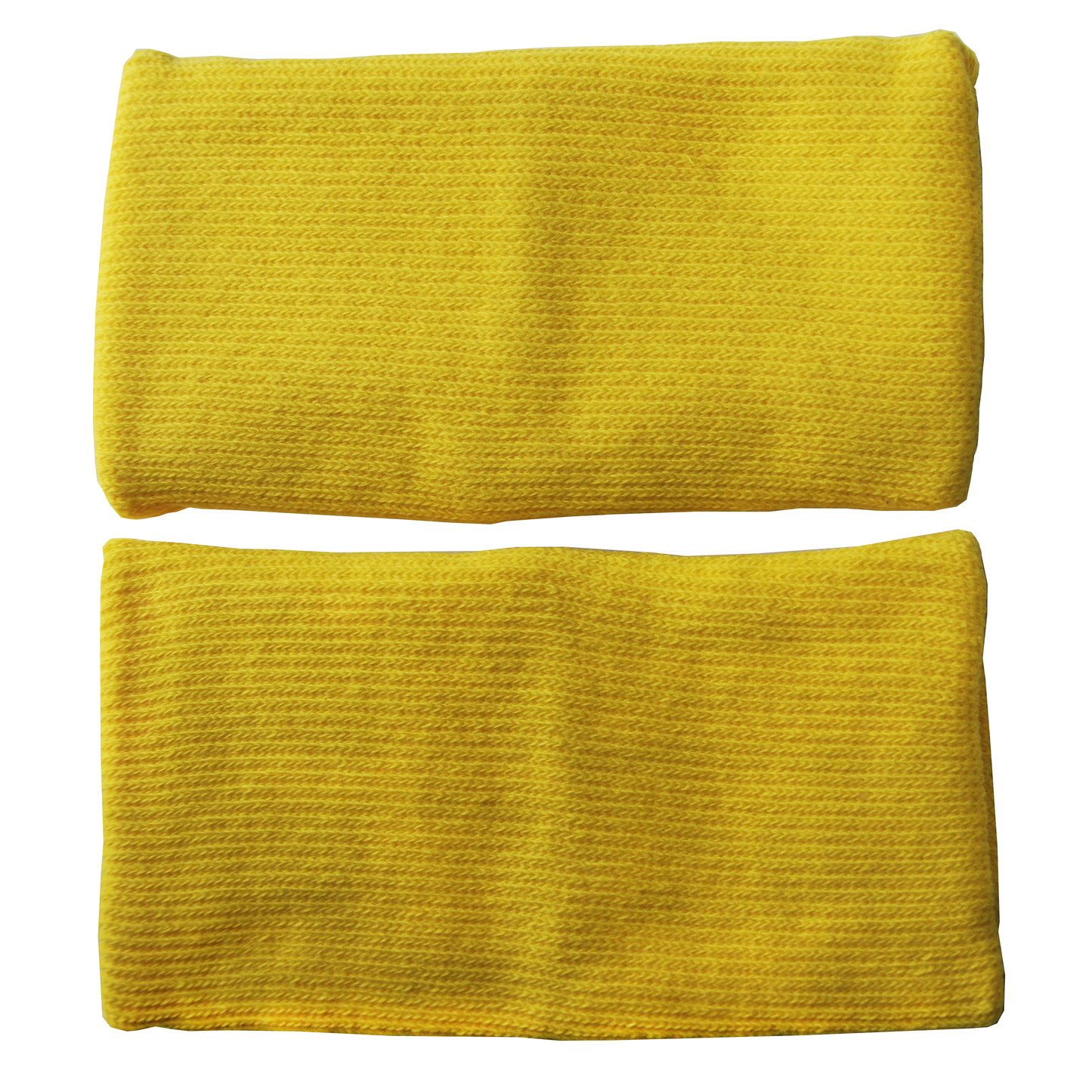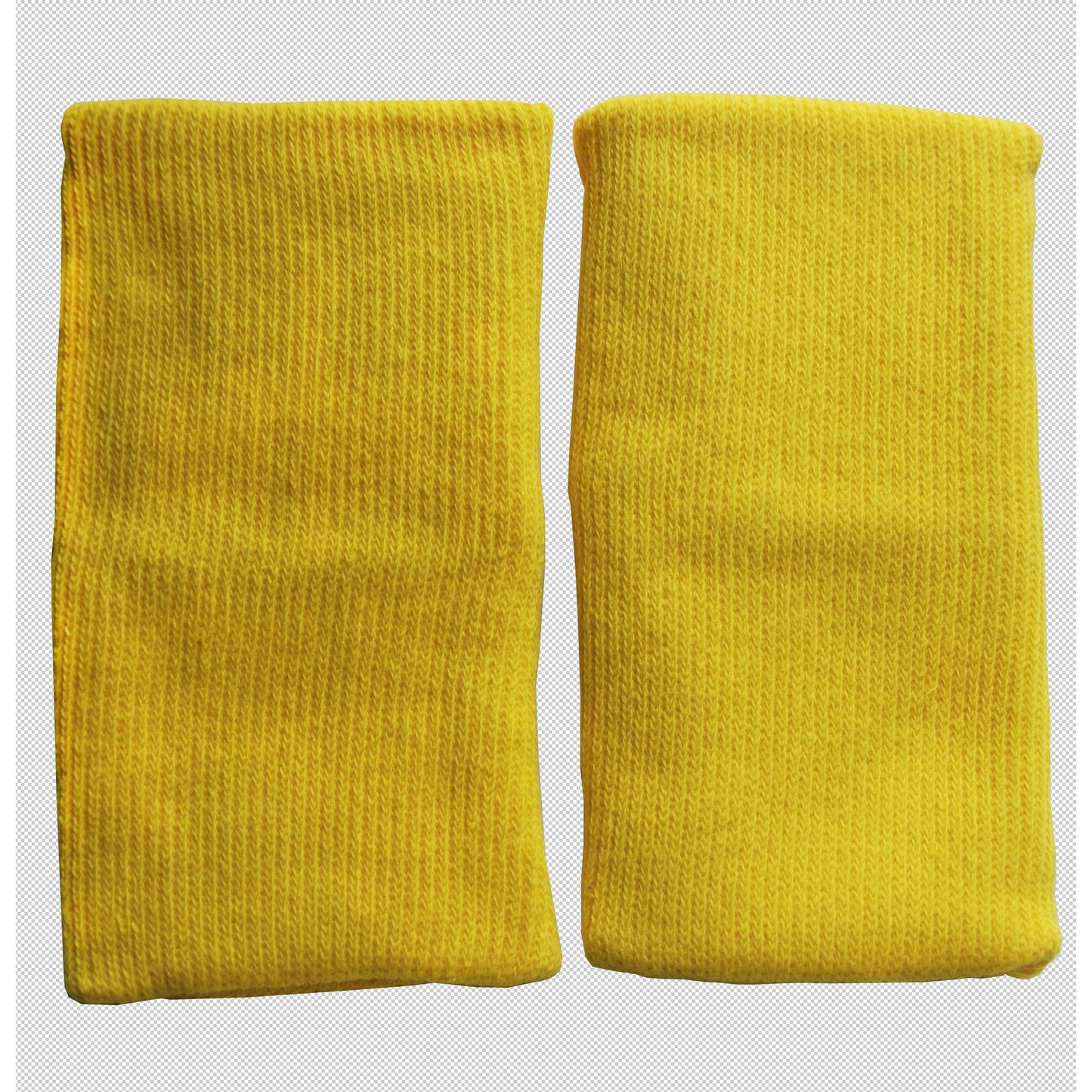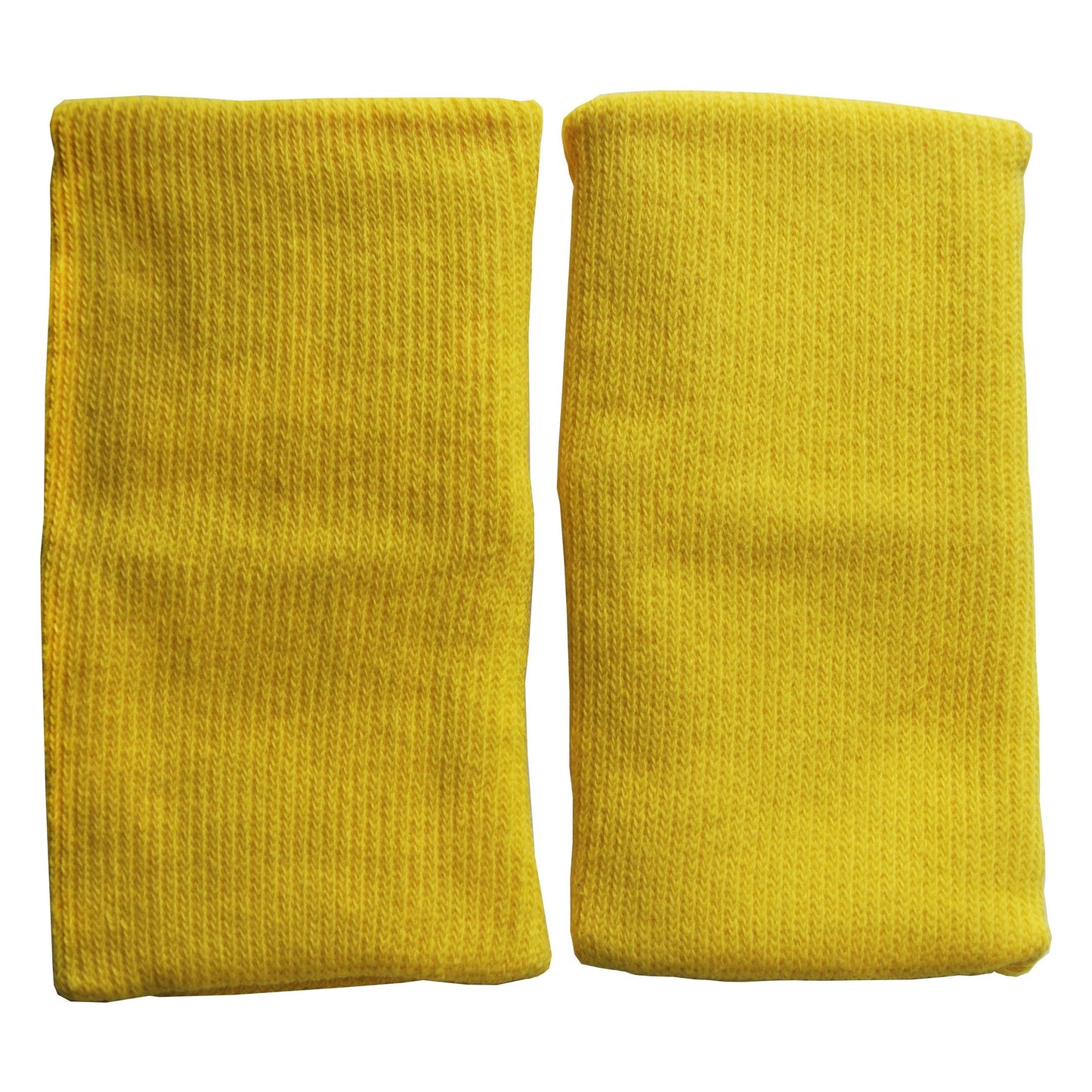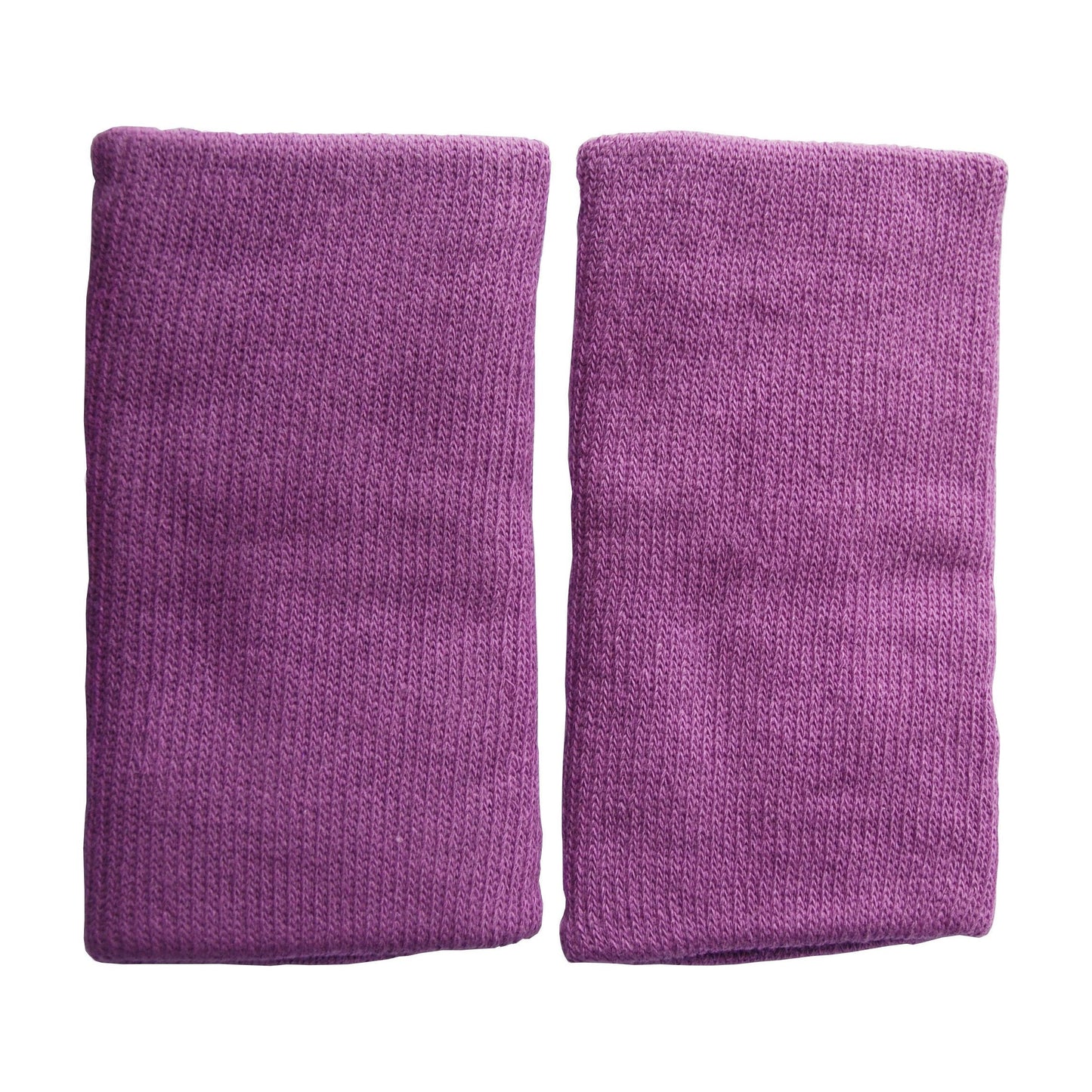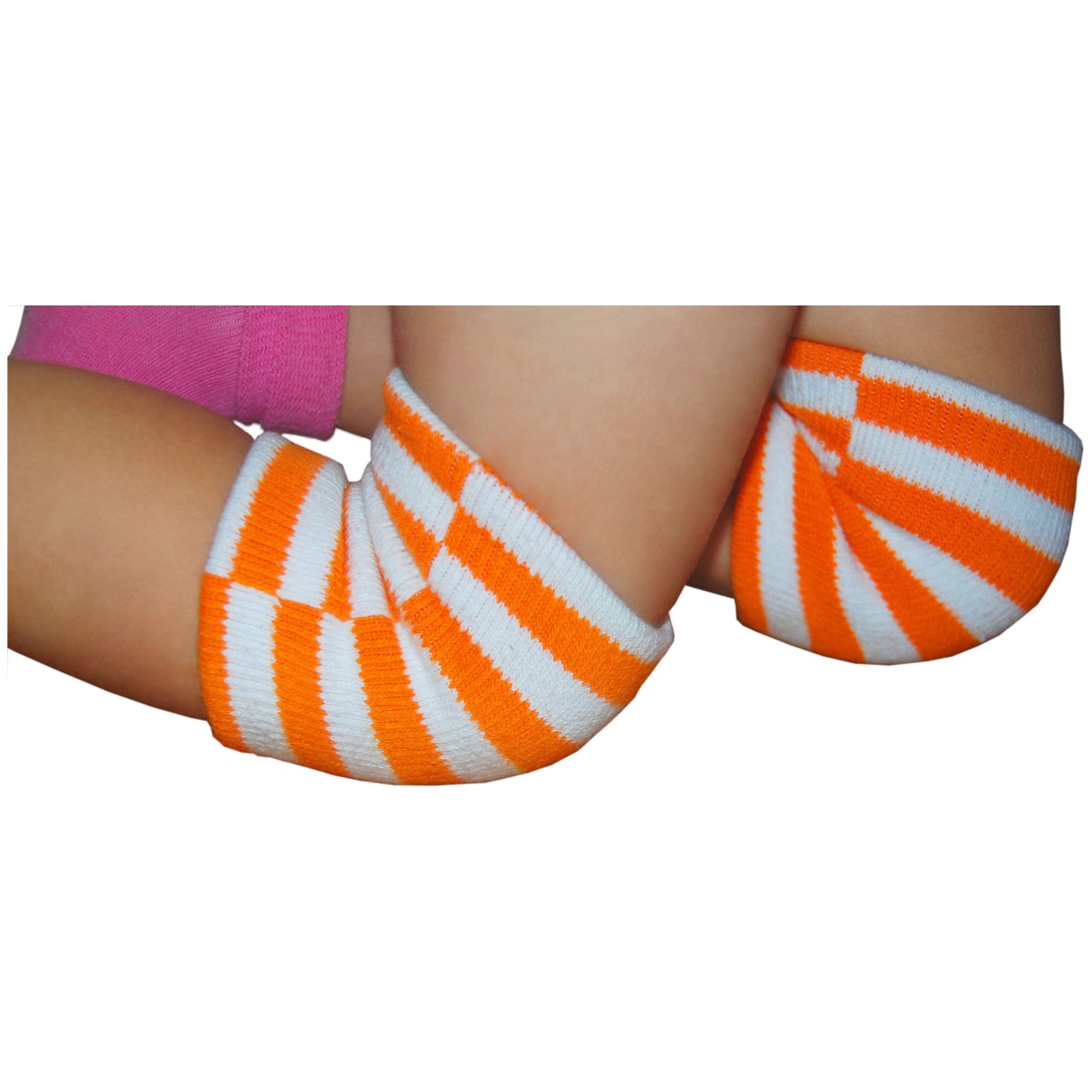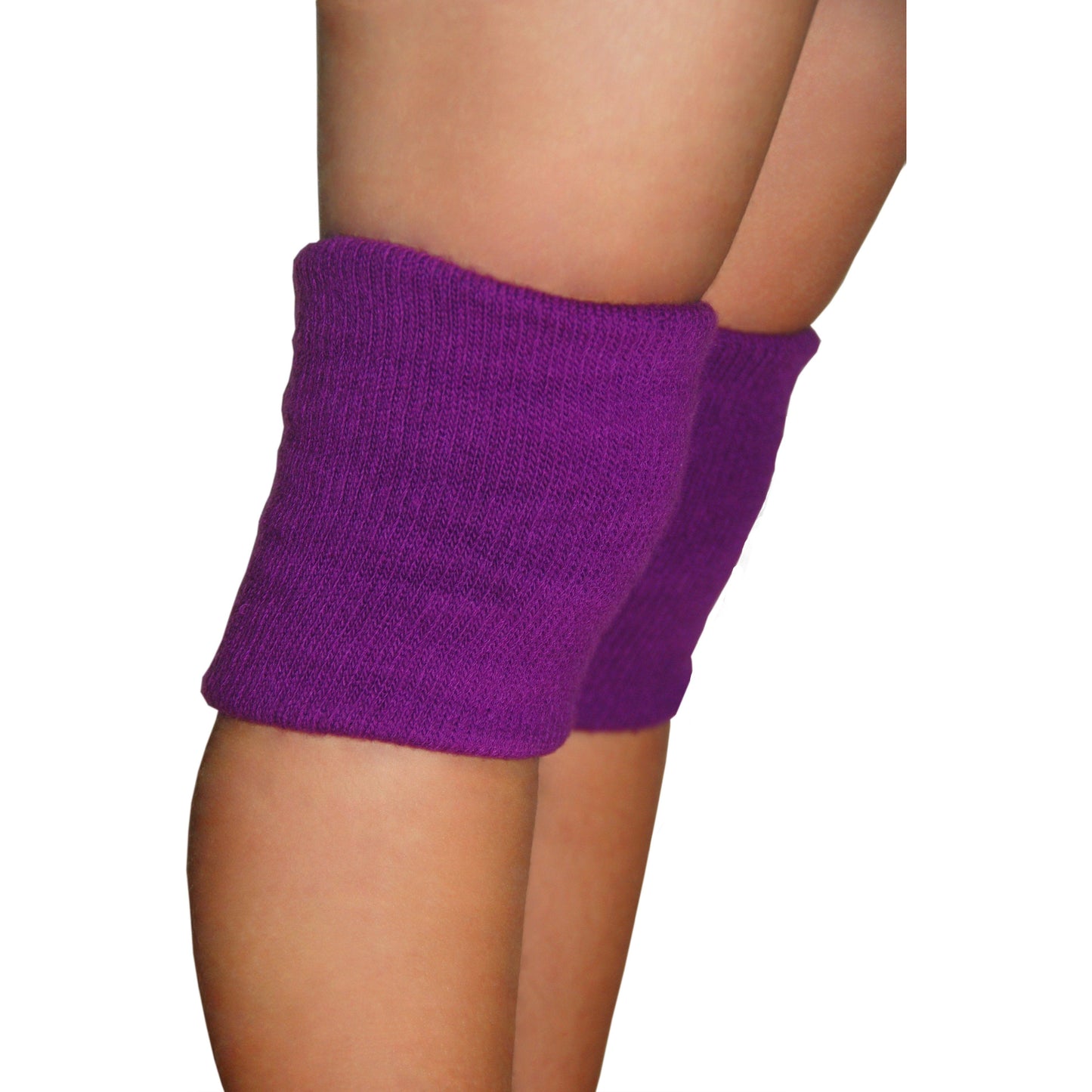A great article about seasonal allergies from www.parents.com.

"Spring Into Allergy Season
From Parents Magazine
Up to 40 percent of children in the United States suffer from seasonal allergies. Find out what symptoms parents should look for to determine if their kid is suffering from allergies, and what treatments are available.
If welcoming the new season means welcoming more sneezing and sniffling around your house, then your kids might be suffering from allergies.
As many as 40 to 50 million people in the United States are affected by allergies and at least 35.9 million Americans have seasonal allergies, according to the American Academy of Allergy, Asthma & Immunology.
So how can a parent know if their kid just has a cold, or if it's more than that? And what should they do if they do suspect it is allergies? We asked Dr. Todd Mahr, Director of Pediatric Allergy/Asthma/Immunology at Gunderson Lutheran Hospital in La Crosse, Wisconsin, to give us some insight about symptoms, steps parents should take, and treatments for allergies.
What are the symptoms of seasonal allergies in kids?
They'll have repetitive sneezing, a running nose that is a thin, clear substance ... it's not usually thick and gooey; nasal congestion, an itchy nose, ears, eyes, throat -- so they get the itchies, and watery eyes.
For perennial allergies, they'll get more nasal blockage and congestion. They'll have post-nasal drip, which is when mucus drips down the back of the throat and kids will tend to clear their throats a lot. They also do have a runny nose and sneezing but it's less prominent than in kids with seasonal allergies.
Keep in mind that it varies from person to person -- one may have more sneezing, another more of a runny nose, another more of the itchies.
What's the difference between seasonal allergies and perennial allergies? And when do the different kinds of allergies act up?
For seasonal allergies, they occur mainly with pollen so it comes from plants, weeds, grasses, and trees. Many parents will recognize pollen more in the Spring, you know, if they leave their car outside overnight and go out to it in the morning, they'll see a little, yellow dusting on their car ... that's pollen. And if you have pollen allergies, they'll appear when that's in the air. Classically, it comes from trees early in the spring, so in April and May. Then in May, June, and July, it's the grasses that are at their worst ... so people with allergies to various kinds of grasses may feel it more. And then in the Fall, it's the weeds, so ragweed allergies may flare up in mid-August to the end of September. That's classic, but it varies in different parts of the country.
For perennial nasal allergies, it means you're dealing with it year-round and these are usually indoor allergies: so it's dust mites, animal dander, cockroaches, molds, and feathers. So individuals may have symptoms occasionally or throughout the year, depending on what kind of allergies they have.
What are the common triggers that will bring on allergic reactions?
For kids who have allergies, sometimes everyday objects can be the trigger. For example, their favorite pet -- a dog or cat -- could shed dander (tiny pieces of skin), and that may trigger a flare-up. Sometimes the beds can be the trigger, including sheets, mattresses and box springs because that's where dust mites live. So it's not that you're allergic to the bed, it's more the dust mites that are there.
There are also triggers that present themselves once kids are in allergy season, so for example, with pollen season, things like cigarette smoke or perfumes can be triggers. Sometimes the weather -- the wind and rain -- can affect the amount of pollen in the air, and thus trigger an allergy flare-up in someone.
What should a parent do if they suspect their child has seasonal allergies?
The best thing to do is try and keep a little diary answering the questions, "when are the symptoms triggered and by what?" Because when you see your doctor, they will want to know if there is a pattern and will ask you things like, "is it worse during the daytime or nighttime or is it seasonal?" Those answers can give a lot of information to a doctor.
Seeing your health care provider is a smart thing to do ... they can then make a determination if you should see an allergist. An allergist can look at the symptoms, do a physical exam and then maybe even do skin testing. Skin testing is when they put small amounts of allergens on the skin, or just below it, and look for a reaction to try to detect what you're allergic to. Once you have tested and can determine what you're allergic to, then you know and can avoid some triggers.
What could happen if allergies go untreated? Is there a real danger there?
In kids specifically, we see a lot of problems that are related to the congestion caused by allergies. Fatigue, especially during the daytime, poor concentration in school, learning problems and other difficulties in school can all be related to nasal congestion, because kids won't be sleeping as well at night. And then during the daytime, they're blowing their nose a lot and experiencing other symptoms. It can lead to peer pressure and social tension ... you know, they may not want to go out and play because they know if they do they'll start sneezing, and that can lead to some shyness.
Because children's bones and teeth are still developing, chronic mouth breathing due to allergy-causing congestion can cause teeth to come in at an improper angle. I get a lot of referrals from orthodontists who see kids for braces and figure out that the kid is a mouth breather. Until they fix that, the orthodontist knows that the braces are going to be on longer.
Kids who have allergies are more likely to have ear infections and more sinus infections. Also, if they have asthma, uncontrolled allergies can make asthma worse. And there's been some evidence that it can lead to nasal polyps in the nose.
Unfortunately, many kids suffer from nasal congestion, but they don't complain about it. Forty percent of kids have it -- and roughly 2 million school days are lost per year due to this.
What are the various treatments for allergies?
There are a number of medications, I am sure most parents have heard about the antihistamines -- they help relieve sneezing, itchiness and a runny nose, but doesn't do a good job on congestion; one of the biggest side effects is that it can cause sedation, extreme tiredness. An example of an antihistamine is Claritin, now available over-the-counter, or the generic and less expensive form called Loratadine.
As I said, antihistamines don't handle congestion so sometimes people will combine them with decongestants, which can shrink the inflamed nasal tissue and offer relief from nasal congestion. This can be taken orally or by nasal spray. One big caution about using an over-the-counter nasal spray is that people use it too often or for too many days in a row, and then their symptoms can get worse. Don't use it for longer than a few days in a row. An example of an over-the-counter nasal spray is Afrin or Neosynepherine.
There are other anti-inflammatory nasal agents that are by prescription only. They are nasal steroids and these manage and cover all symptoms of allergies. They get at the cause, which makes them the best thing for seasonal or perennial allergies. Examples of these are Flonase or Nasonex. The big key for parents to know about these is that they shouldn't confuse them with anabolic steroids.
Nasalcrom is a nasal spray that is a mast cell stabilizer and is available over-the-counter and will relieve the sneezing, itching and running nose, but you have to start using it a few weeks before the season starts, and use it three to four times a day. Nasalcrom is not as effective as the anti-inflammatory agents like Flonase or Nasonex, which you use just once a day. Flonase, and nasal anti-inflammatories like it, work at controlling the inflammation that causes the symptoms people have. They are recommended as the first line of therapy for most patients when their symptoms are more than just mild or intermittent.
Allergy shots or immunotherapy are another treatment, which should be given through an allergist. What they do is inject a small amount of the allergen that affects you, and it's increased over time until eventually, the patient is on a maintenance dose. This is not a quick fix -- kids who take allergy shots can do it for months or years to achieve benefits. It does change the immune's response, so it's not a medication, but it changes what's occurring. Most people start seeing benefits within about 12 months and stay on it for 4 or 5 years.
How can a parent tell that what their child has is more than just a cold?
There's no fever associated with allergies. Also, it's repetitive, so if a parent sees a pattern to it, that's a big sign. For example, after your kid comes home from playing with someone with an animal, if they're always miserable after that, that's a sign. If it occurs at certain times of the year or in the morning when they wake up, parents need to look at that and talk to their healthcare professional.
What advice do you have for parents going into this spring season? What should they have their kids avoid?
If you know your kid has seasonal allergies, especially during pollen season, keep the windows and doors closed. I know it's hard because parents want to open the house up and air it out once Spring comes, but keep it shut. Dry clothes in the dryer ... don't hang clothes outside because then your bed sheets or clothes will be coated with pollen.
Also, use the air conditioner, which helps kill dust mites, and by decreasing humidity, helps to keep the pollen out. And if you had water leaks or accumulation over the winter, get them cleaned up so you prevent mold.
If you have indoor or perennial allergies, it's more difficult. Don't let the pet sleep in the bedroom, keep the pets off the furniture and bathe them regularly. Using a vacuum with a HEPA filter can be beneficial as well. Remove stuffed animals from the bedroom and wash bedding regularly to alleviate dust mites. Also, you can buy dust mite encasements, which trap the dust mites underneath. You can get those at most department stores or specialty companies."


